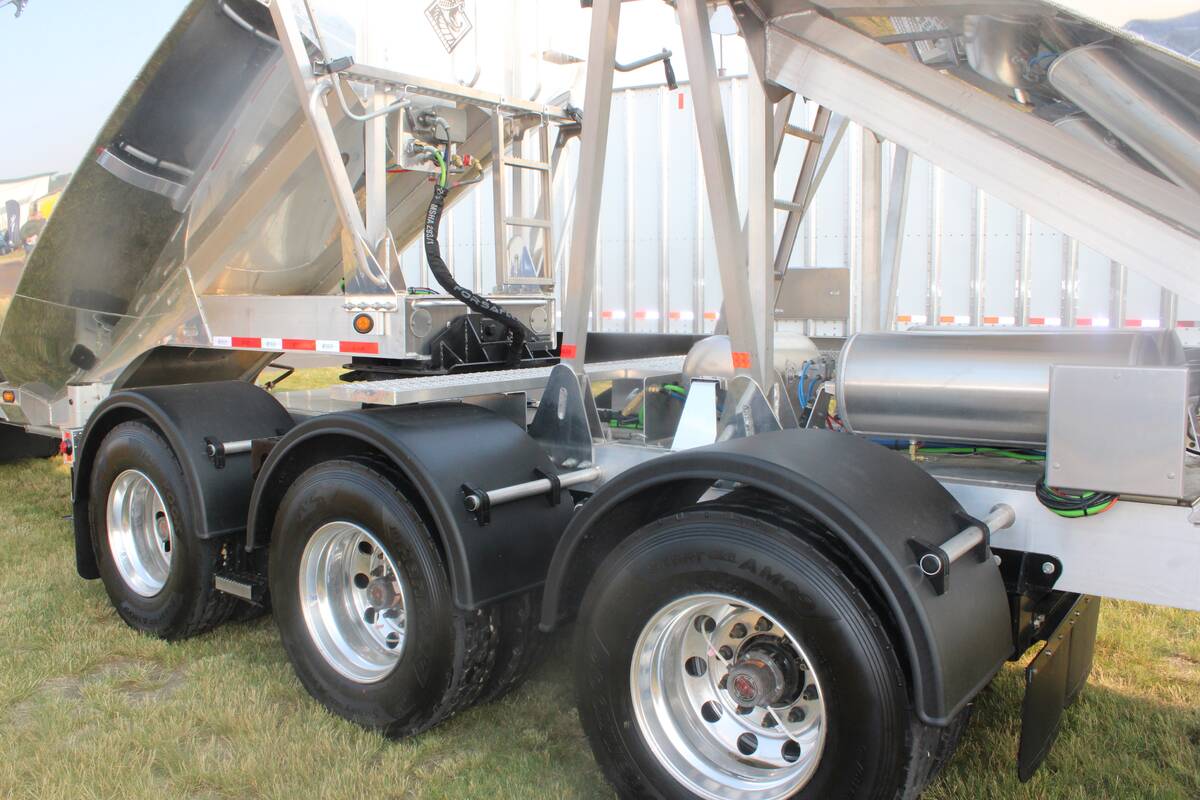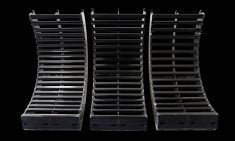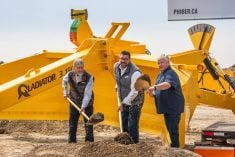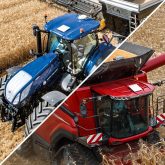On the grounds of Ag in Motion 2025, it was hard to miss a pair of very shiny, polished aluminum grain trailers that required a second look to see just what they were designed to haul.
“We’ve actually had to tell people that’s a grain trailer,” says Derek Dutton, owner of Ontario-based Specialized Trailers.
“They’ve been walking by not realizing what it is.”
Read Also
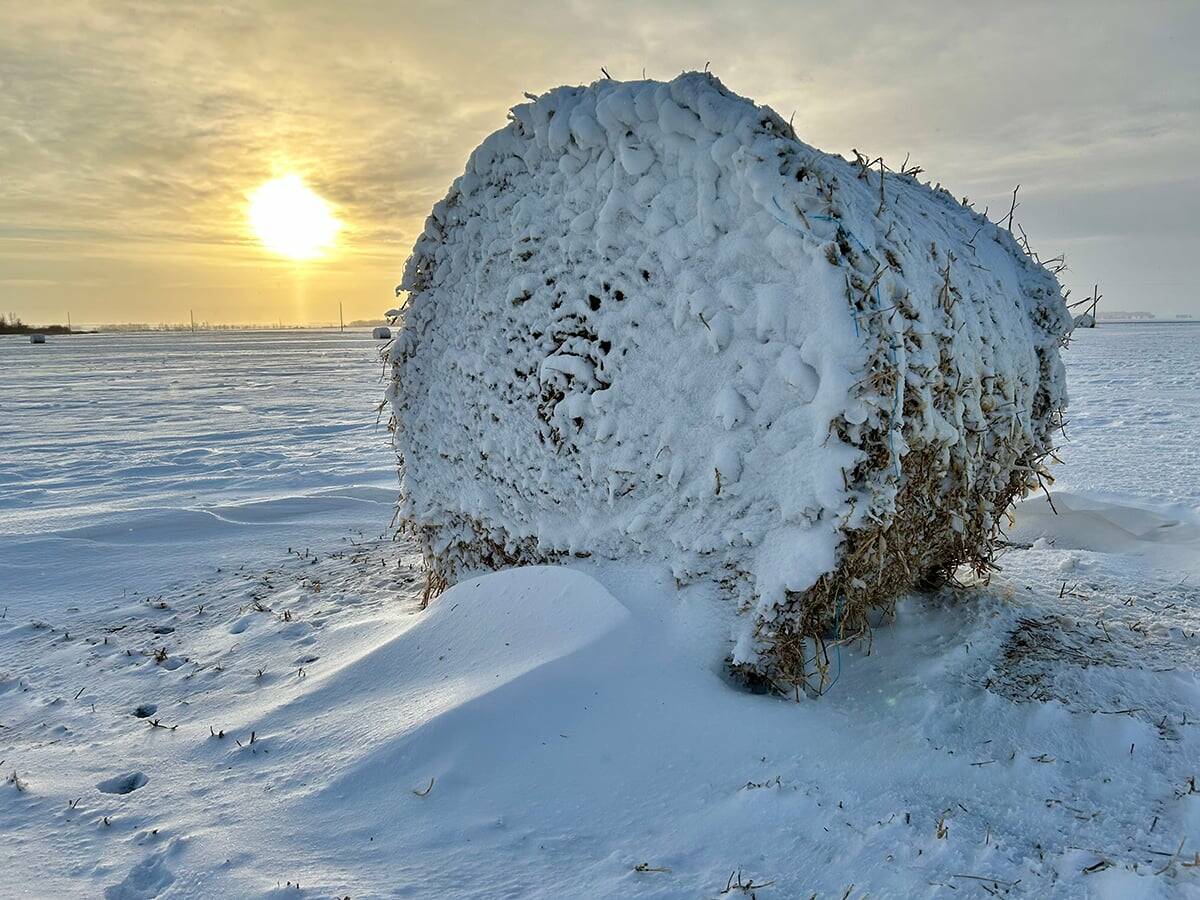
What is perfect Christmas weather?
What is ‘perfect’ Christmas weather on the Prairies? Here’s where you should head this holiday, according to historical weather data.
The trailers are built by Raglan Trailers, also out of Ontario, but Dutton’s company has been working with Raglan on design input and handles marketing for Raglan. The pair of super-B trailers was the first of that design to come to Western Canada.
“This is the first western model,” says Dutton.
“We’ve had the eastern models running back in Ontario since the end of last year.”
The eastern models Dutton refers to are shorter than the pair on display at AIM. The wider variety of crop types grown in the West called for a longer trailer combination that could also handle a larger volume of lighter grains such as oats.
The trailers on display had a 3,000 cubic foot capacity, and Dutton says that could even be increased by using a higher sidewall. The company is willing to build the all-aluminium trailers to meet any customer needs.
In fact, the trailers on display were the result of an Alberta customer asking the company for a higher-capacity unit, one that could not only haul grain but fracking sand as well.
“It’s a very flexible design,” he says.
“We’ll do exactly what the customer wants to have.”
With curved sidewalls allowing for an interior that doesn’t require corner brackets, the trailer design is based off of pneumatic trailer configurations that allow for easy and complete clean outs. The curved shape of the walls help create the strength needed to eliminate interior structures that cause grain and any other material to lodge.
“It’s like an egg,” he said.
“There are no square corners that get pressure.”
The sidewalls are made from quarter-inch aluminum. The frame is also fully aluminum.
Dutton says some customers who are pulling the trailers in Ontario have told him they are experiencing about a 10 per cent increase in fuel efficiency because the trailers pull easier. They also seem to be less susceptible to high cross winds, possibly due to their curved sides.
He adds his company intends to conduct some comparison tests soon to verify those anecdotal driver claims.
Because grain trailers are often taken off roads into fields across uneven terrain, there can be extreme twisting forces exerted on the frame. To counter that, the Raglan trailers use a solid three-inch rubber cushion block between the king pin plate and the frame, something not all that common on other trailer brands.
“What this does is take all that (twisting) force out of the frame,” he says.
“We do it on the lead and the pup.”
The trailers are designed to be filled with a level load to distribute the weight properly across the axle groups, eliminating the need to guess how to load them unevenly to ensure road legal weight distribution.
Because this was the first trailer of its design to come to the Prairies, Dutton says he is eager to get feedback on the design. If farmers and truckers in the West are looking for different features, the company is willing to make changes.
“We’re here to listen to everybody and say, ‘what do you see?’ ” he says.
“We can then go back and translate that into some other ideas.”


